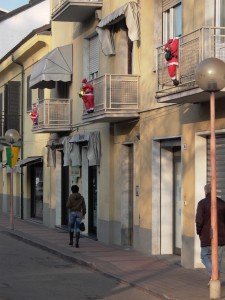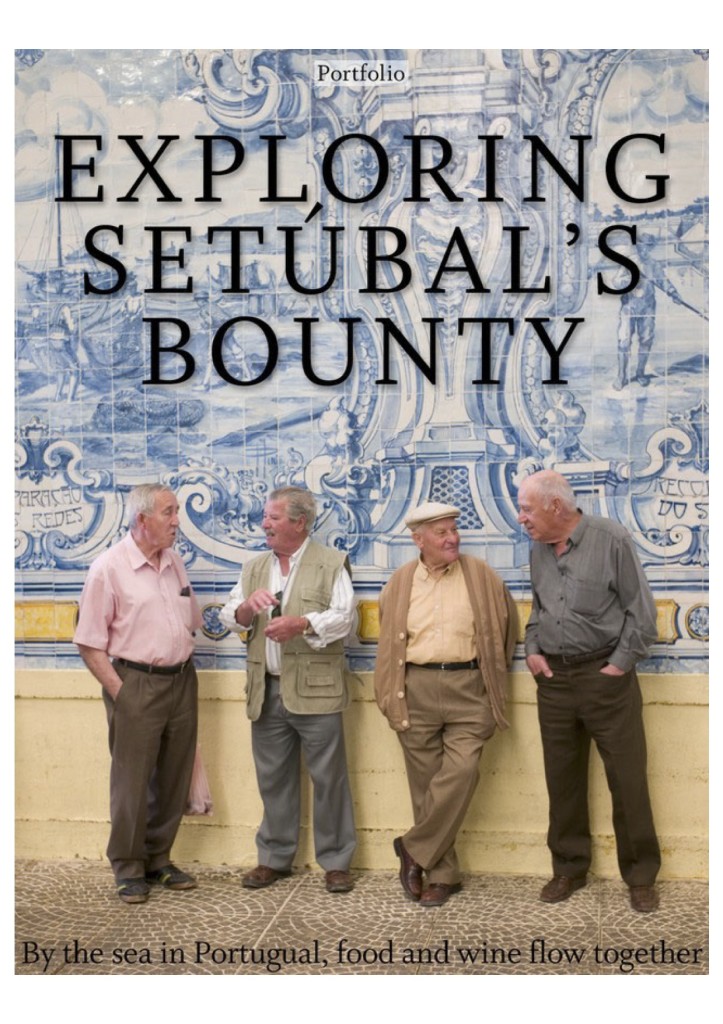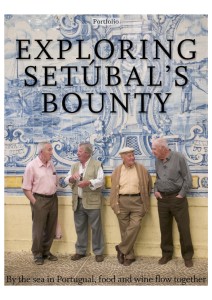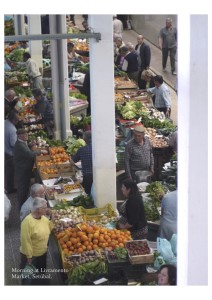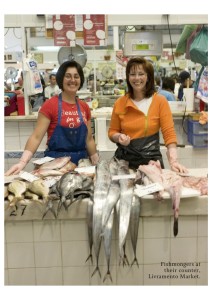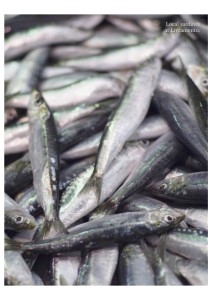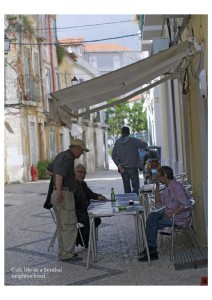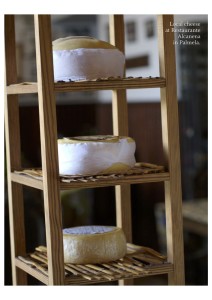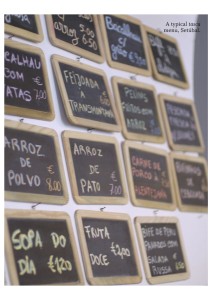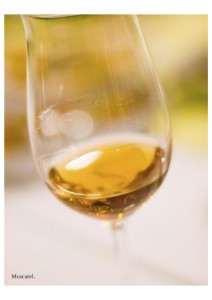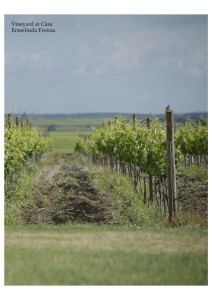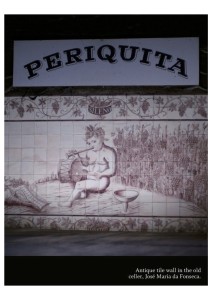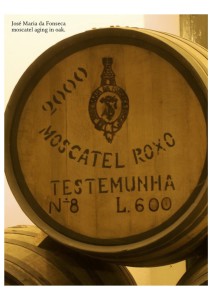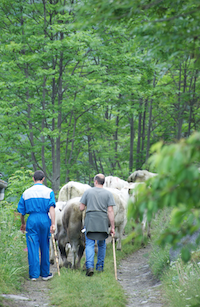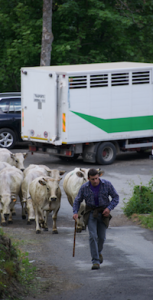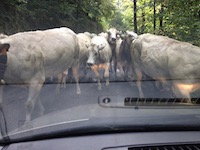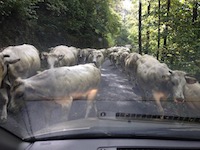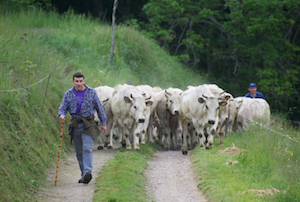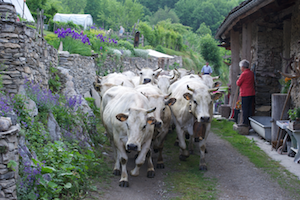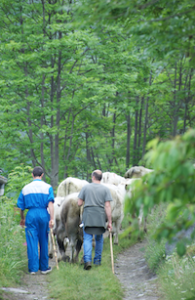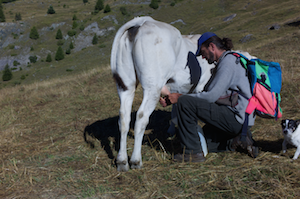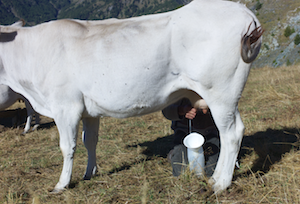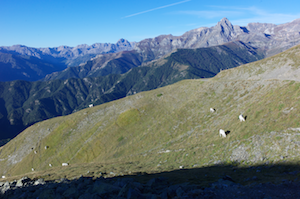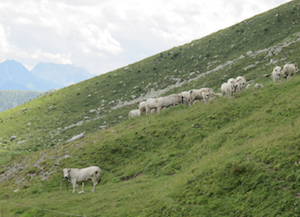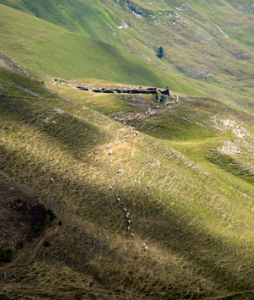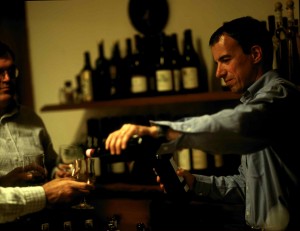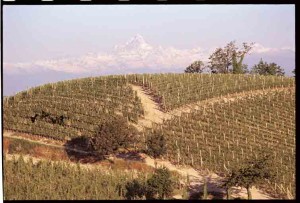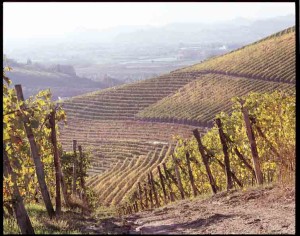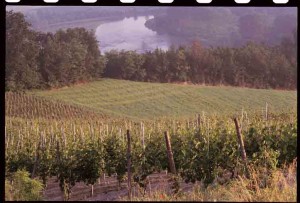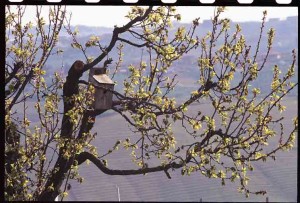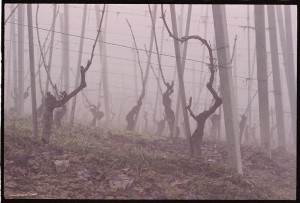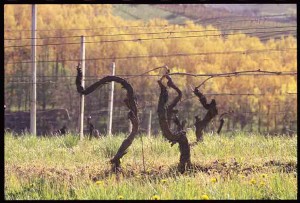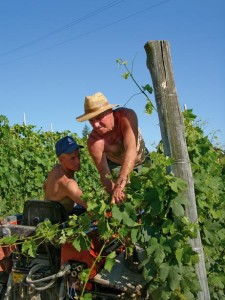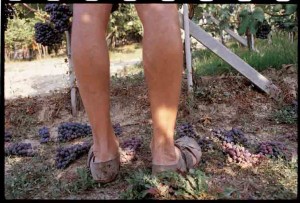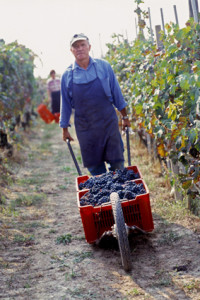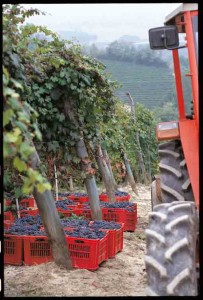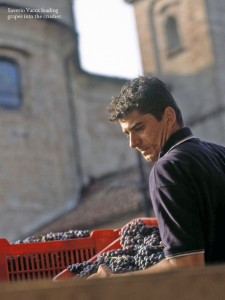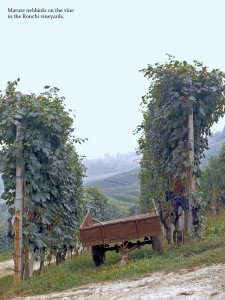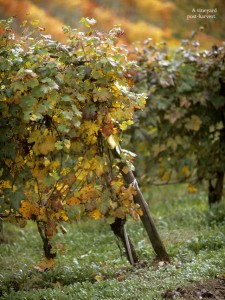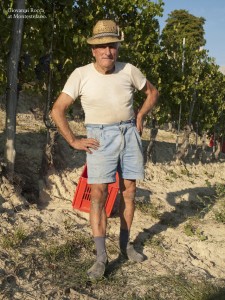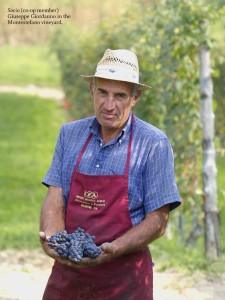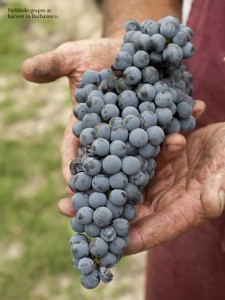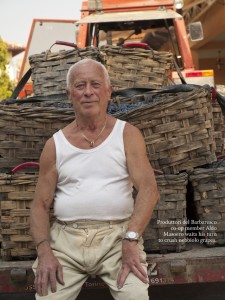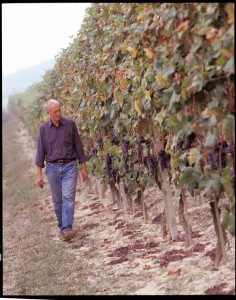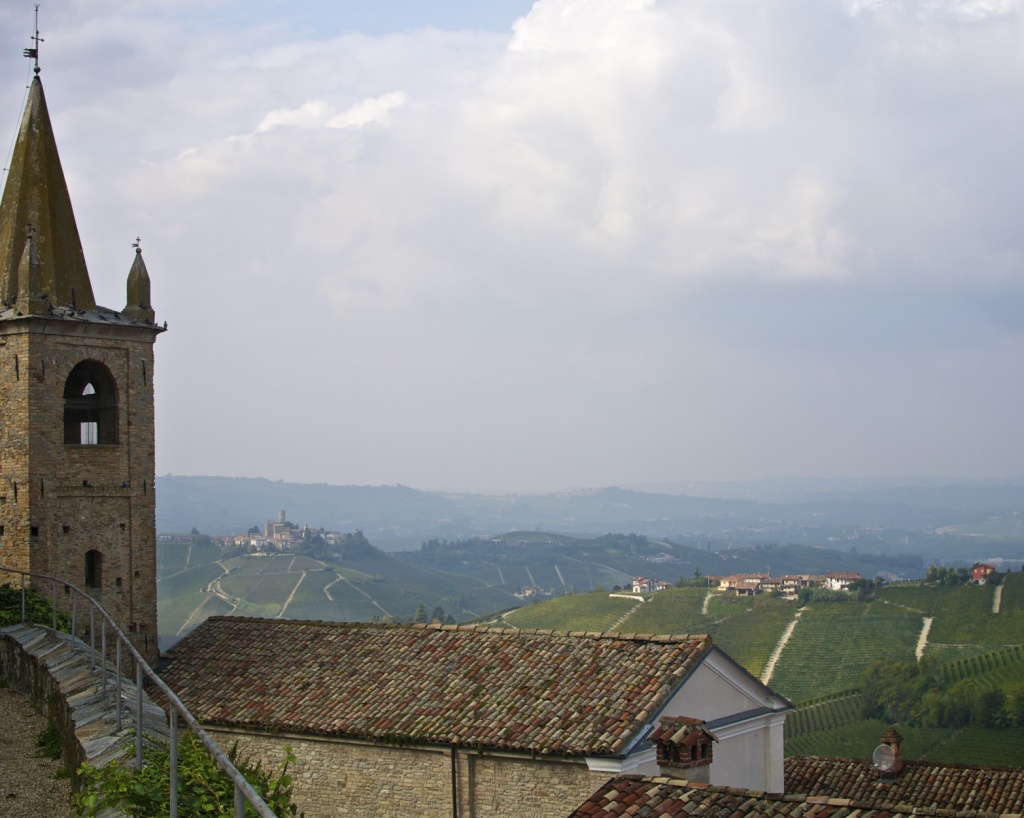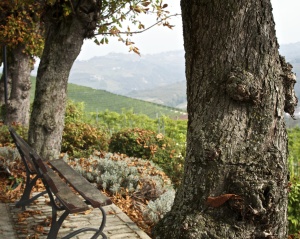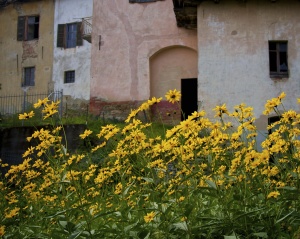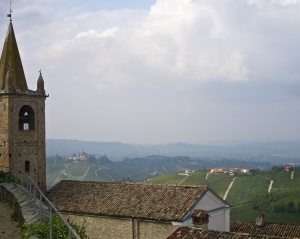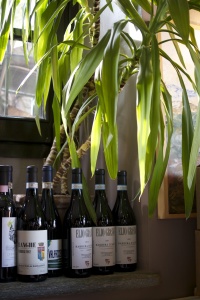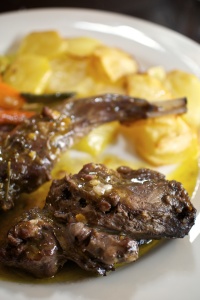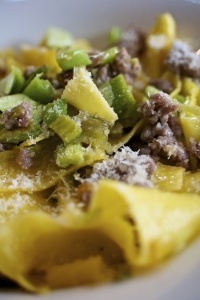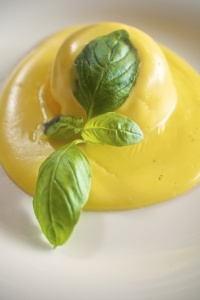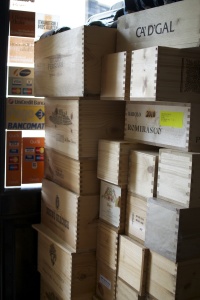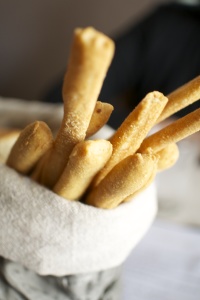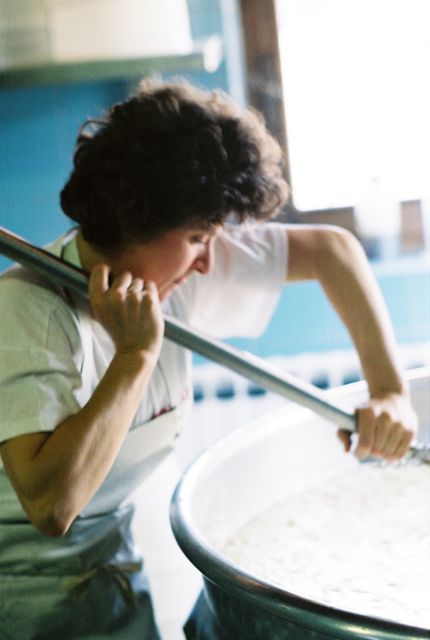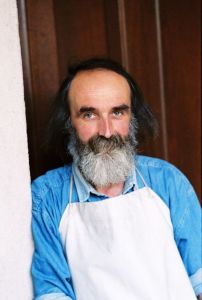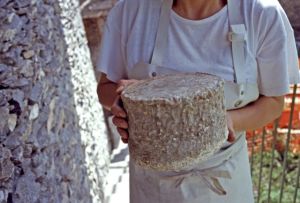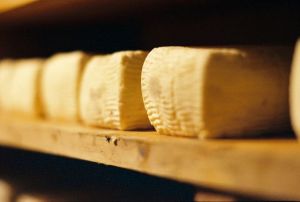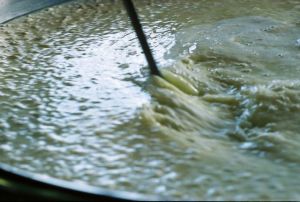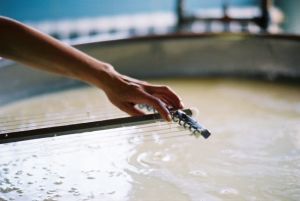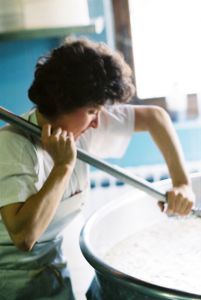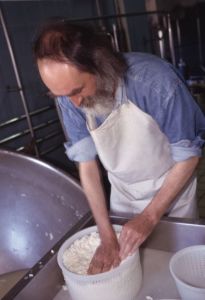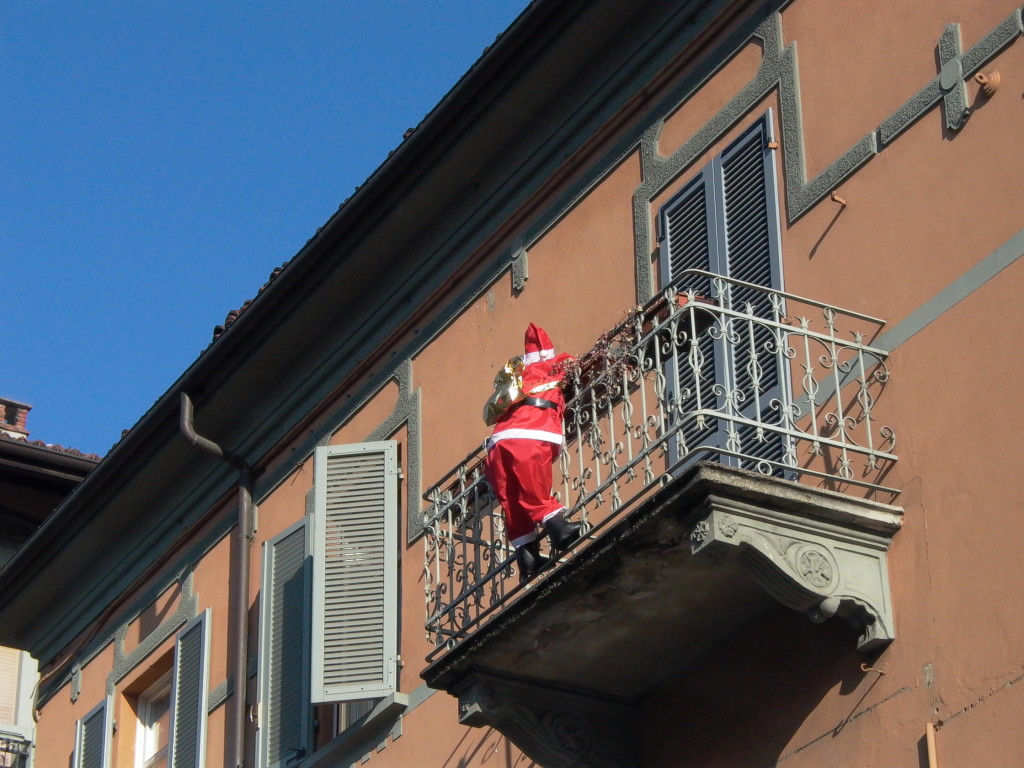
Babbo Natale the Christmas Thief
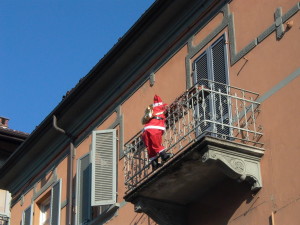
Santa Claus has a distant relative in Italy called Babbo Natale and he can be seen shimming up drainpipes, sneaking into houses and hanging off balconies all over the place. Babbo often works alone, but can occasionally be seen with one or two other Babbo’s. He enters houses through a window or the balcony door, the thought that Babbo could arrive by chimney is ridiculous!

\
Winter of 2005 was our first Christmas and we were pleased that we had not yet seen anything here that comes close to the madness of the day after Thanksgiving mall-stampede that was televised here. It might not have been so embarrassing had it not followed a story on a bombing in a market in Iraq.
It was strange that the end of November passed and not a single twinkling light seen or Christmas carols heard.
“Christmas decorations go up the 8th of December and come down the 6th of January.” My friend Aldo Vacca explained like it’s one of those things that everyone knows, “Donna, you are living in a Catholic country now. We live by the liturgical calendar. The 8th of December is the day of Immaculate Conception and January 6th is the Epiphany”.
I had to look up liturgical in the dictionary.
At first I didn’t really care much abut the reason, I was just happy that I wasn’t being force fed holiday advertising in November – or October for that matter.
Without the distractions that normally surrounded us in early December, I started pondering the math. If December 8th is the day the guy born on December 25th was “immaculately conceived”. Wouldn’t that make it either the shortest or the longest pregnancy known to man? Not that I want to challenge any belief system here, I mean we are talking about the son of God, so none of the normal rules need apply, but I should remember something about this from my eight years of incarceration otherwise known as catholic school when I was forced to wear pleated skirts and urine colored blouses. I kept coming up empty.

None of the other Catholics that I checked with, American or Italian, fallen or otherwise, knew the how, what or why surrounding the details of the “immaculate conception”. So I googled it and even at dial up speed I discovered yet another reason to question the doctrine of organized religion. Come to find out that in fact it’s not the birth of Jesus who was “conceived immaculately” it was his mother Mary.
I realize I have spent far more time on this little kernel than any sane person would. But now that I have the answer I thought I would share it.
At some point along the way, the Vatican took time out from managing the Papal States and killing off uprisings to realize they had a conundrum on their hands. If the mother of Jesus wasn’t better than everyone else, like REALLY better, people might not believe that she was special enough to be the “mother of god”. I mean who really believed the whole virgin birth thing anyway? (I know my parents wouldn’t.) So some 1400 or so years after the fact, the pope of the day decided to turn back the hands of time and insert a little footnote into the history of the birth of Jesus and declare that Mary’s birth should be declared an “immaculate conception”. (I won’t take you down the rabbit hole surrounding the idea of Original Sin) So not only did they have the background check to do on Mary, we are now supposed to buy into the fact that Mary’s mother also had some sort of special mojo to be the mother of – the mother of Jesus.
I mean these guys are in the faith business aren’t they? Can’t they just say so and call it a day? Well, when you think about it I guess that’s what they did.
Either way, the timing worked out well with Mary being born on September 8th, they just subtracted nine months and with a strike of the pen they launched the Christmas holiday season in Italy.
If you’ve stuck with me this long, I hope you are still interested in some of the differences between Christmas in Italy and America:
– In Italy, they don’t decorate dead trees.
The choices come down to Alive or Artificial. When I explained to my friends here that in America we have a tradition of putting up and decorating a cut tree. Their response was more curious than judgmental, “So, you kill a tree for Christmas?” I never really thought about it that way, but yes we do. I explained that most of us don’t kill our trees personally. We have someone else do the dirty work and we pay handsomely for the service. Once cut we adorn the dying victim with decorations and by the time Christmas day arrives our houses are littered with brown needles and our once beautiful tree has become a fire hazard surrounded by presents. By New Year’s day all across America denuded tree-corpses can be found dumped unceremoniously like some unwanted reminder of the season of giving.
We opted for an Alive tree. Hopefully, we will be planting it in the ground in January (or March), but if we wanted to, we could return the tree to the place where we bought it and call the 15 Euros (or $19.50) we spent a rental fee.
– Everyone in this part of Italy has their Christmas meal at the same time.
Lunch on Christmas day. If there are conflicts, families combine or divide, that’s all there is to it. The bosses of the scheduling seem to be “those with children”. With a declining birth rate in Italy, most grandparents are willing to do whatever necessary to ensure first tier access to the offspring.
When I was a kid we had to eat two big meals on Christmas day so that neither set of grandparents would be relegated to the second string of Christmas Eve. In the late morning we would drive to Grandma-with-the-Alan’s house (because my fathers younger brothers name is Alan) with my parents warning us the whole way not to eat too much, which of course we did, then at 2:00 we were sprinted off to Grandma-with-the-birdie’s (because she used to have a bird. Even after it died the name stuck) who would give my mother the stink-eye because we were always late and we never ate much until after all the food was put away. We liked Christmas with Grandma-with-the-Alan because she cooked up a storm and she gave good presents that always included a certain amount of cash. We liked Grandma-with-the-Birdie because she taught us to play poker and blackjack, we could swipe cigarettes when no one was looking and everyone laughed, told stories and had fun. Especially after the first round of drinks.
– Reindeer Lore
The Italians I have met seem to understand the function of the reindeer solely as the animals that lead the delivery vehicle for Babbo Natale. Their version of reindeer seem to lack any landing on the roof capabilities that ours have, and there are questions about their ability to fly at all. Our friends here had no idea that Americans attached personalities to each individual reindeer, they were amazed that both John and I could remember all their names. We didn’t embarrass ourselves by singing “Rudolf the Red Nosed Reindeer”, but we were close, sadly close.
– In Italy gift-wrapping is more than a service – it is an art.
At any time of the year in Italy, if you tell a shop keeper the purchase is a “regalo”, no matter how many people are waiting, the purchase will be wrapped with flourish and without charge. The smaller the gift – the bigger the wrapping. Imagine how much less stress there is in the days leading up to Christmas when you don’t have to hunch over cheap wrapping paper and last years bows trying to wrap every single gift. Also, It has changed the way I shop to discover that there are no refunds here, exchanges only, and then only after a certain amount of interrogation and eye rolling.
– Greetings of “Buon Giorno” changes to “Auguri” the week before Christmas.
Auguri has a package of meanings that translates to wishes, hope and expectations – all good. I’m not sure yet what they say on New Years Eve, but New Years Day is called Capodanno (or capi d’ anno), which roughly translated means “Boss of the year”.
– Baby Jesu or Babbo Natale?
When asked who brought them their Christmas presents as a kid, most adults answer that that Baby Jesus brought them their presents on Christmas morning, however, their children and grandchildren are getting their presents from Babbo Natale. Another five years and there will be mall stampedes across the globe.
– Christmas stockings???
If you ask anyone young or old who fills their stockings with treasures or coal – the answer across the board is Befana.
Which brings us to the closing of the holiday season in Italy.
The fable of Befana is a bit more vague. It seems that one sect of the church thought that Jesus was born on the 6th of January, while another group has it that the wise men each separately had an epiphany that Jesus was born and when they went looking for him they met up on the road. They came across Befana an ugly old woman who was cleaning her house when they invited her to come along with them, but she turned them down. Afterwards, sensing she had missed out on something big she decided to go looking for the special child giving gifts to every child she found along the way. The story goes that on the morning of the 6th of January, Befana visits all small children and leaves them treats if they are good or coal if they are not.
I’m leaving my stocking up just in case…..


 \
\